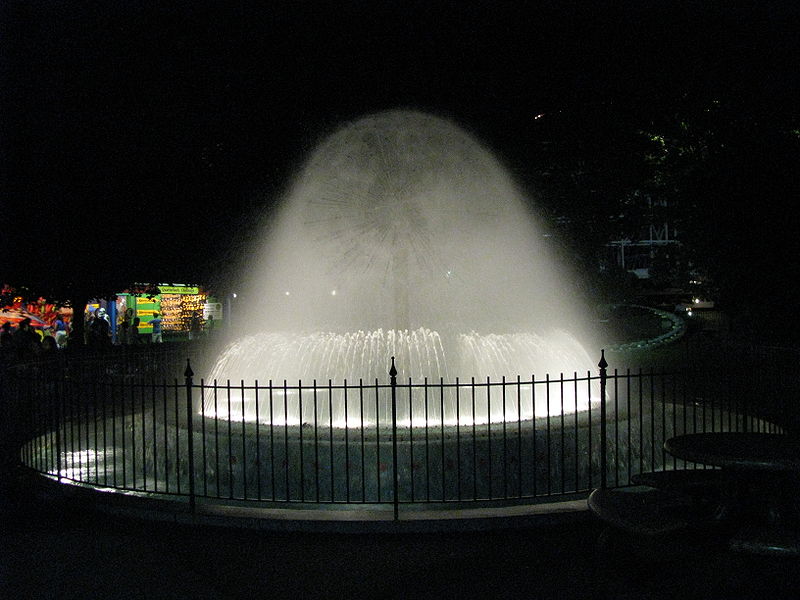
A water fountain is always a commanding and impressive sight, sure to bowl over any visitor or guest to your home. Adding lighting to your fountain, however, not only lets your water feature keep on impressing your guests even after the sun has set, but also allows it to evoke a certain mood in whoever sees it. It’s in your best interest, then, to make sure your fountain does have some sort of lighting.
How do you go about it, though? While you can certainly just go the efficient route and aim a couple of spotlights at your water fountain, there’s a good chance it won’t have the desired effect you want, and probably even diminish your feature’s overall appearance. To avoid this, here are some best practices to keep in mind when adding lighting to your outdoor or indoor fountain.
Do note that these best practices apply to indoor water fountains too, as normal overhead lighting will never be enough to really bring out the beauty of a water feature.
- Conceal the wiring. Nothing ruins the mood set by a water fountain’s lighting more than having cables and transformers/power strips being clearly visible. The lights themselves being visible isn’t a problem, but if you’ve got cables snaking all over the place and draped around your water fountain, then it just looks artificial and ruins the illusion. Work with a landscaper or a water feature maintenance professional for ideas on how to best conceal these cables from view.
- Use enough light. One of the biggest mistakes you could ever make when adding lighting to your water fountain is to not use enough light, especially when it’s an outdoor water fountain. Water has light-dissipating qualities, which means that even if you’re using high-intensity lighting but it’s submerged in the water of your fountain, its illuminating effect will be drastically reduced. To counteract this, always assume that you’re going to need at least a third or a half more lighting than you anticipate. You may have to add a bit more than that when you take the materials involved in the construction of your water feature, too. For example, water features that involve dark-colored materials have a light-absorbing quality.
- Play around with the lighting first before making anything permanent. Another big mistake that water fountain owners usually commit when lighting up their fountain is to have the lights permanently affixed in place as soon as they’re set down. Play around with multiple lighting angles first, especially during night time. Lighting a water feature is not the same as lighting a statue or an object – water not only diffuses light but also bends light around, so it can be unpredictable. Even with the help of a professional you may need to readjust and reposition the lights multiple times before you achieve your desired effect.
- Be mindful about glare. Additional lighting can make your water fountain look absolutely stunning, but at the wrong angle it could also project light to where it shouldn’t be going – such as your neighbor’s bedroom or patio at night. Consider where the light gets reflected onto when adding your lighting and readjust as necessary. You can also resort to having screens or tall plants diffuse the light as well, if you can’t find any other angle to work with.
- No lighting system is maintenance-free. Just like the very water feature it’s illuminating, a lighting system needs maintenance. Plant life can grow over and cover light fixtures, lenses can get fogged up due to calcium accumulation, and cords can be chewed through by animals or accidentally cut by an errant gardener. Of course, the more complicated and elaborate the lighting system, the more maintenance it will require. Either get a professional to do this in a regular fashion or be prepared to add it to your list of regular upkeep tasks.
Adding lighting to your water feature is one of the best ways to enhance its impressiveness and mood-invoking qualities. By taking your time in planning and applying light and taking into heart these best practices, you can create your desired mood and visual effect without it being too much of a headache.